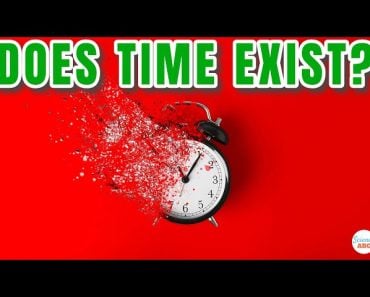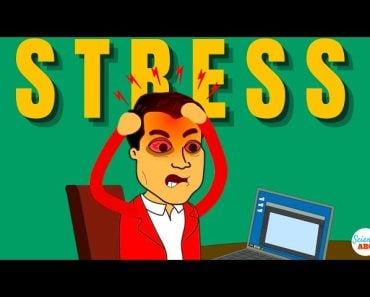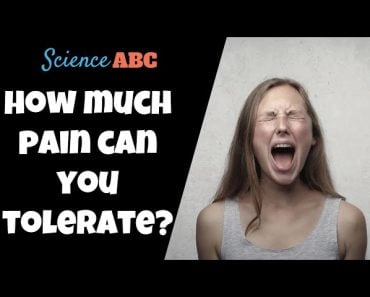Table of Contents (click to expand)
The James-Lange theory of emotion states that emotions are caused by physiological arousal, which is caused by external stimuli. This theory is one of the early counter-intuitive theories that attempts to answer the most pertinent questions revolving around human emotions. This theory has been criticized and amended over time with the new discoveries and revelations in psychological and physiological research.
Questions concerning what emotions are and what purpose they serve have fascinated behavioral scientists and psychologists for centuries. Many theories have been proposed by researchers on the how and why of emotions, as well as what the implications are of these feelings. The James-Lange theory is one of the early counter-intuitive theories that attempts to answer the most pertinent questions revolving around human emotions. But over time with the new discoveries and revelations in psychological and physiological research, this theory has been criticized and amended. Theories like Cannon-Bard and Schacter-Singer are more relevant according to the experts.
But it is still worth knowing what’s the James-Lange version of emotion. The James-Lange theory of emotion states that emotion is due to physiological arousal, and these physiological arousals are caused of external stimuli. Simply put, emotions are a by-product of the physiological changes in our body, not the instigator of physiological changes.
Recommended Video for you:
History Of The James-Lange Theory
Renowned American psychologist William James (1884) and diligent Danish physiologist Carl Lange (1887) independently proposed this idea, one of oldest theories concerning emotions. Interestingly enough, they were proposed almost at the same time! With the efforts of other researchers and followers of this theory, their work was later combined into what is currently known as the James-Lange Theory of Emotion.
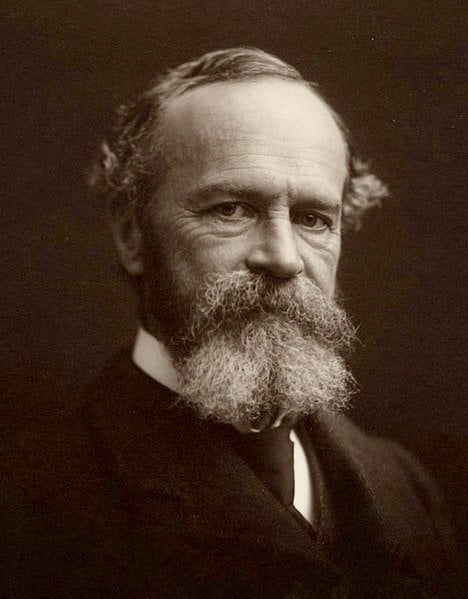
James and Lange both believed that emotions are the results of physiological reactions to external stimuli. Now, James’ work in this area revolved more around emotions as consequences of a physiological change, while Lange’s theory argued for emotion as the manifestation of a physiological change. Nevertheless, both researchers presented the basic idea that emotion does not start with the conscious experience of a causative factor.
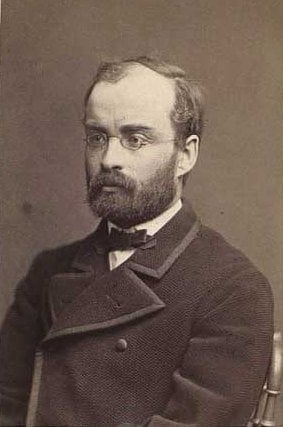
What Exactly Is James-Lange Theory Of Emotion?
James and Lange profess that your brain does not simply decide that it is feeling an emotion based on sensory information coming into your memory (brain) through our sensory systems (vision, touch, taste, smell etc) and then tell the body (based on the type of emotion) to speed up the heart rate, breathe faster or sweat more. That’s not how emotions work, if James and Lange are to be believed.
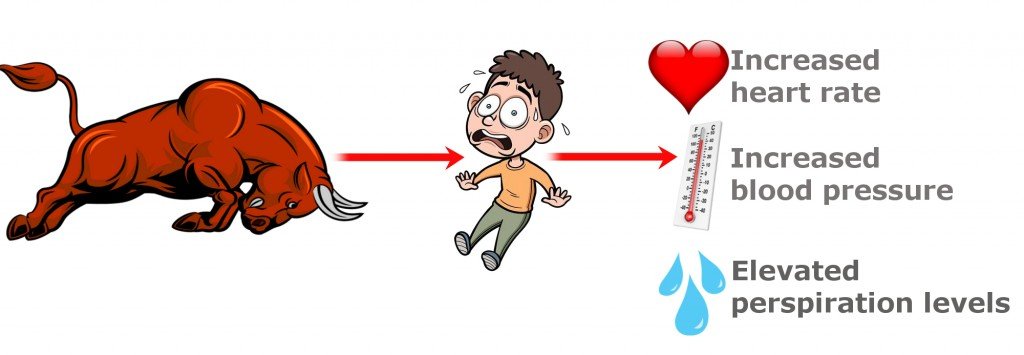
According to the James-Lange theory, external stimuli in the environment is received and decoded by the brain, but even before you consciously process it, your body is already responding with physiological changes, such as a rise in heart rate, alteration in blood pressure or even pupillary contractions/expansions. Thus, the emotions you develop are actually based on these physiological changes.
In other words, you might ask something like “Why am I feeling excited?” The James-Lange explanation would be that because you are breathing fast and your heart is pumping rapidly, your brain concludes that you are excited!

A Deeper Look Into The James-Lange Theory
So, James and Lange suggested that for someone to feel an emotion, he or she must first experience bodily responses (physiological), such as increased heart rate, increased respiration, or even a sweating forehead. Once this bodily reaction is perceived, then the person can say that he or she feels an emotion.
We experience various situations and events that can result in physiological changes, such as a heart rate increase, muscular tension, dryness of the mouth, perspiration and many others. These changes are controlled by our autonomic nervous system. The James-Lange theory suggests that emotions are a byproduct of these physiological changes, not their cause.
When external stimuli from the environment occurs, their signals are received and comprehended by the cortex of the brain. The visceral organs and the skeletal muscles are then triggered by the autonomic nervous system and somatic nervous system. The somatic and autonomic systems will then stimulate the brain, which will be decoded as an experience of emotion.
The James-Lange theory is a counter-intuitive approach, contrasting with conventional wisdom related to the cause and effect of emotions and their manifestation. Both scientists emphasized that the autonomic activity and the actions that are induced by an external stimulus generate the feeling of an emotion, not the other way around.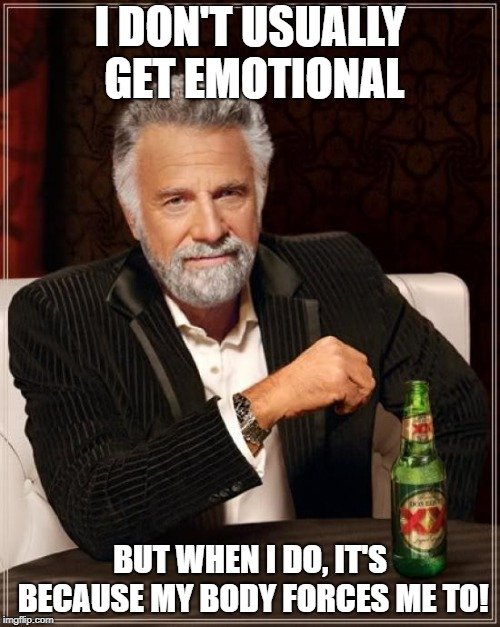
James-Lange Theory Examples
By now, you probably got the implications of James-Lange theory, and if not, consider a few real-life examples that corroborate this theory. Let’s begin with this example: You and your partner are sitting together on a comfortable sofa having a good discussion. You suddenly say or do something outrageous, which provokes your better half. He/she gets furious and makes you realize that it’s your fault for behaving/saying such bizarre stuff. He/she keeps fuming about what your did until you finally give in and apologize. You try to console him/her by saying you didn’t really mean it or intend to offend. He/she budges and accepts your apology, but warns you not to repeat it again. You agree and the heat of the conversation starts to diminish. Just when you feel that things are normalizing, suddenly, he/she recollects some other miserable thing you did a decade ago! Astonishingly, he/she recollects all the details of that mishap and starts the argument all over again! Now, what’s going on there is actually a James-Lange moment!

Your partner was in an aroused or angry state, but then it faded once you apologized and convinced them you wouldn’t do it again. Cognitively, your partner has adjusted things and said to himself/herself—yes, he/she has recognized his/her mistake and I’m vindicated—it’s all settled now. However, the trouble is that it takes a long time (a few minutes) for the sympathetic nervous system to return to its baseline (normal levels) from an aroused state of agitation. Although cognitively he/she may feel that the problem is solved after an apology, his/her heart is still racing; what he/she is experiencing is the James-Lange phenomenon.
Why Women Are More Emotional? James-Lange Have An Answer!
Another thing about the physiological responses of the body in a James-Lang moment is that they are notably different in terms of the time required for settling down from an aroused state between genders. In other words, physiological responses continue in an aroused state and take a longer time to settle back to normal levels in women as compared to men. That’s why we generally state (and widely believe) that women are more emotional than men.
When Machine-induced Smile Made A Person Happy!
Another clinical experiment further validated the James-Lange theory. In the experiment, a man suffering from clinical depression was forced mechanically—using sophisticated biomedical equipment—to achieve a somatic state that mediates different emotions. To put this into perspective, the experiment took a person with depression and told him that a mechanical process would stimulate his facial muscles to make it appear that he is smiling. This mechanical process of making the muscles mimic a smile repeatedly for nearly 30 minutes made the person feel better! Upon interviewing the depressed person after the experiment, the subject revealed that while the world continued to be just as depressing as it was before, the forceful attempt to make him smile (using technology and machines), made him feel better. This repetitive process of muscles (despite being artificially induced) moving into a smiling state made him feel that things weren’t as bad as he had previously thought!
Criticism Of James-Lange Theory
Walter Cannon, a physiologist and professor from Harvard Medical School was one of the early critics of the James-Lange theory. Cannon opined that for this theory to properly describe and define emotion, different physiological responses for every emotion must be identified. He adduced that since emotion is the physiological response according to the theory, one way to differentiate the emotions from each other is to have a definite set of physiological responses for each emotion.
Cannon supported his thesis that individuals are able to feel emotions even before the body responds to the emotion-instigating stimulus by surgically removing the sympathetic nervous system of a cat. Upon this experiment, it was observed that even though the somatic signals of stimulation were removed, the cat still manifested the emotions of anger, fear and pleasure.
References (click to expand)
- J Prinz. Jesse Prinz - Emotions Embodied. subcortex.com
- Johnsen, E. L., Tranel, D., Lutgendorf, S., & Adolphs, R. (2009, April). A neuroanatomical dissociation for emotion induced by music. International Journal of Psychophysiology. Elsevier BV.
- Cannon, W. B. (1927, December). The James-Lange Theory of Emotions: A Critical Examination and an Alternative Theory. The American Journal of Psychology. University of Illinois Press.









